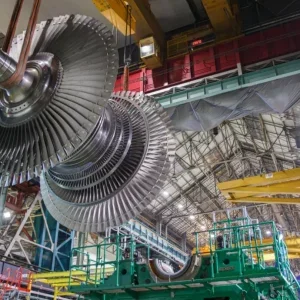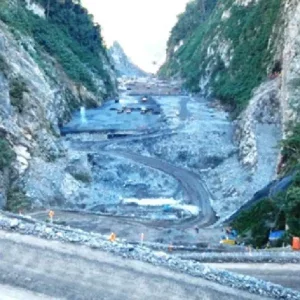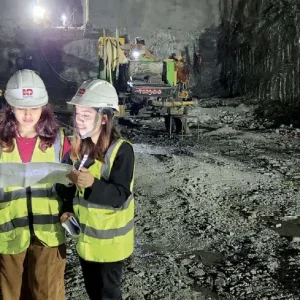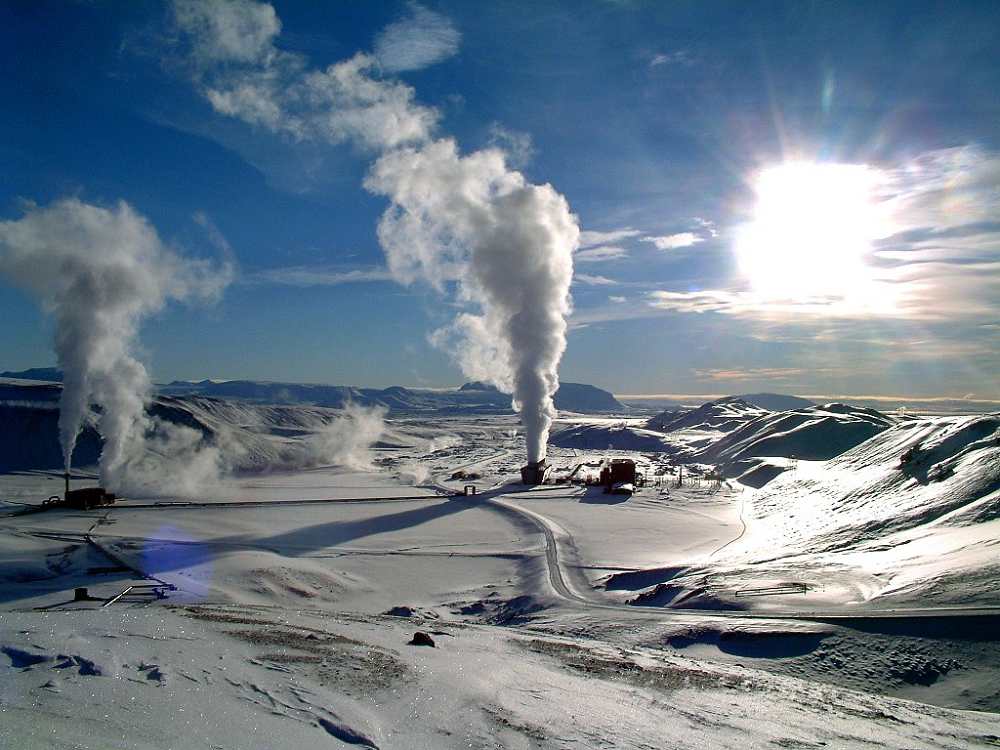
Geothermal energy – derived from the planet’s natural inner heat – is a major source of power in Iceland, currently accounting for more than 30% of the country’s electricity supply.
As an island with large amounts of volcanic activity, it is favourably positioned to take advantage of this naturally-occurring, renewable, and emission-free energy source.
Commercial power generation from geothermal sources has been underway for half a century in Iceland, but residents have been making use of this subterranean heat since early settlement – using it for bathing, cooking, space heating and agricultural purposes.
Electricity can be generated by processing hot water and steam that emerges from beneath the earth’s surface, and the country has built a number of geothermal power plants to harness this abundant resource.
As of 2018, overall geothermal energy capacity for electricity generation in Iceland stands at 755 megawatts (MW), according to government figures.
Here, NS Energy profiles the six major geothermal power plants currently operating in Iceland.
Six major geothermal energy plants in Iceland
1. Hellisheiði – 303MW
Hellisheiði is the world’s eighth-largest geothermal power plant, and Iceland’s biggest, with a generation capacity of 303MW.
It is located in the south-west of the country, close to the capital Reykjavík, and captures geothermal energy from the volcanic Hengill mountain.
Electricity production began in 2006, generated with the help of two 45MW turbines. Five more turbines were added between 2007 and 2011.
Except for one, which is a 33MW Toshiba low-pressure turbine, the units are Mitsubishi-manufactured and possess 45MW capacity.
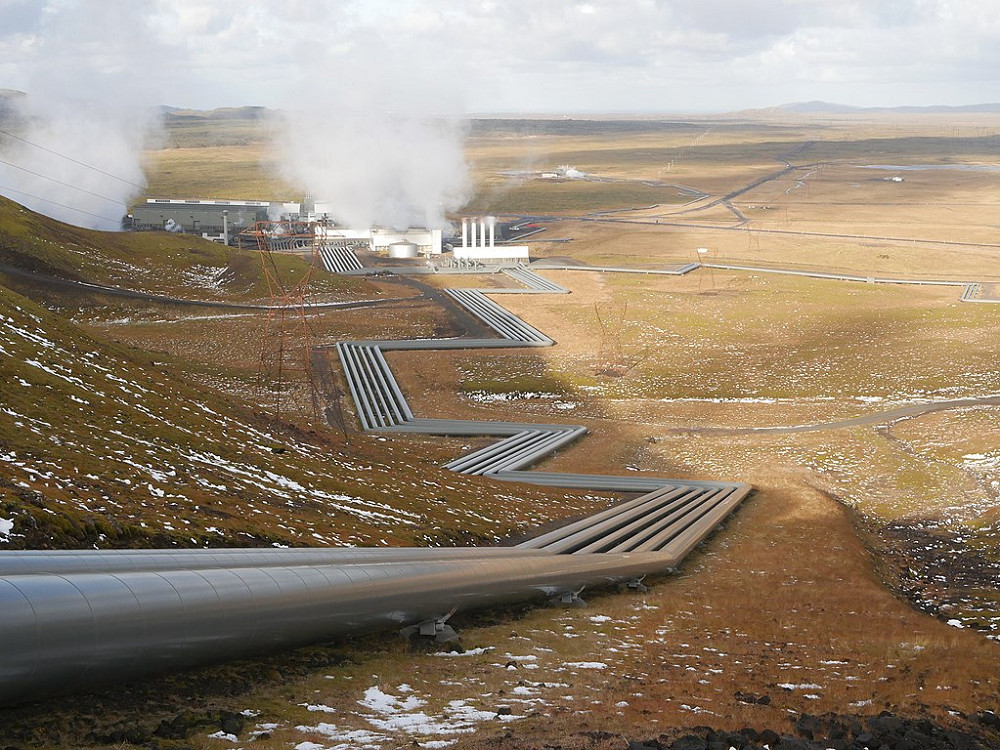
The Hellisheiði facility also provides thermal energy to supply Reykjavík’s district heating – with an installed heating capacity of 133MW – as well as electricity to neighbouring aluminum refineries.
It is owned and operated by Orka Náttúrunnar, or ON Power – a subsidiary of Orkuveita Reykjavíkur, which is majority owned by the City of Reykjavík.
2. Nesjavellir – 120MW
Iceland’s second-largest geothermal power station, Nesjavellir, is also situated in the Hengill volcanic region, east of Reykjavík.
The combined cycle heat and power plant has an electricity-generation capacity of 120MW and, like Hellisheiði, is owned and operated by ON Power.
It has an installed heating capacity of 300MW and supplies hot water to service the capital city’s district heating network.
Plans to extract geothermal power from Nesjavellir began in 1947, although construction was delayed until 1987, and the plant was commissioned in 1990.
The facility comprises 25 boreholes to extract geothermal fluids, ranging from 1,000 – 2,200 metres in depth, and was developed in three phases. The final 30MW turbine generator unit was commissioned in 2005.
3. Reykjanes – 100MW
Commissioned in 2006, the Reykjanes geothermal power station, also known as Reykjanesvirkjun, is located at the south-western tip of Iceland.
With an installed capacity of 100MW electricity generation, it comprises two 50MW turbines that siphon steam and brine from a 290°C-320°C reservoir – one of the hottest geothermal fields in operation.
It is owned and operated by HS Orka, a subsidiary of Canada-based Alterra Power.
Reykjanes is open to the public, offering visits to the Power Plant Earth exhibition which showcases how geothermal energy is used to supply heating and electrical services to the population of Iceland.
4. Theistareykir – 90MW
Theistareykir power plant is located in north-east Iceland and has a generation capacity of 90MW – derived from two 45MW turbines.
Construction of the first stage of the facility, comprising a single turbine, began in 2015 and was commissioned in 2017, with the second unit installed the following year.
Iceland’s state-run power company Landsvirkjun owns and operates Theistareykir, which is the first geothermal plant the organisation has built from start to finish.
In 2019, the venture received the Global Project Excellence Award from the International Project Management Association (IPMA).
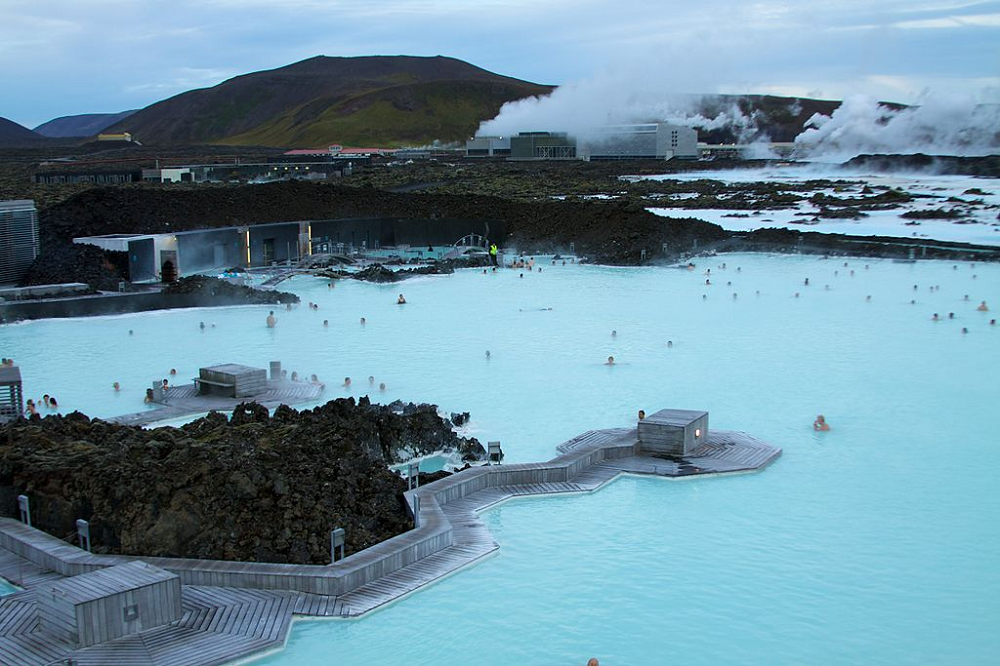
5. Svartsengi – 75MW
Located at the Svartsengi (or “black meadow”) geothermal field, the 150-hectare Svartsengi geothermal power station is about 4km north of the fishing town Grindavík and 45km from the capital Reykjavík.
Building was started in 1976 by HS Orka, and it was the world’s first geothermal power plant to combine electricity generation and hot water production for use in domestic heating – supplying thermal energy to more than 21,000 homes along the Reykjanes Peninsula.
It was constructed in six phases, each one including the installation of a new power plant—the sixth phase was completed in 2008.
It has a capacity of 190MW in thermal energy and 75MW in electrical energy.
Svartsengi is also notable for servicing the nearby Blue Lagoon spa facility – Iceland’s most popular bathing resort.
6. Krafla – 60MW
Krafla geothermal power station is located close to the Krafla volcano and Lake Mývatn, in the north-east of Iceland. It has an installed capacity of 60MW, comprising two 30MW turbine units.
It was commissioned in early 1977, and was owned by the Icelandic government at the time – and later purchased by state-backed Landsvirkjun in 1985.
Volcanic activity in the region disrupted construction efforts, leading the facility to be built in two phases, with installation of the second turbine commencing in 1997.
Krafla’s two 30MW units are equipped with double-pressure-inlet and dual-flow turbines. High and low-pressure steam from 18 boreholes drives the equipment.



